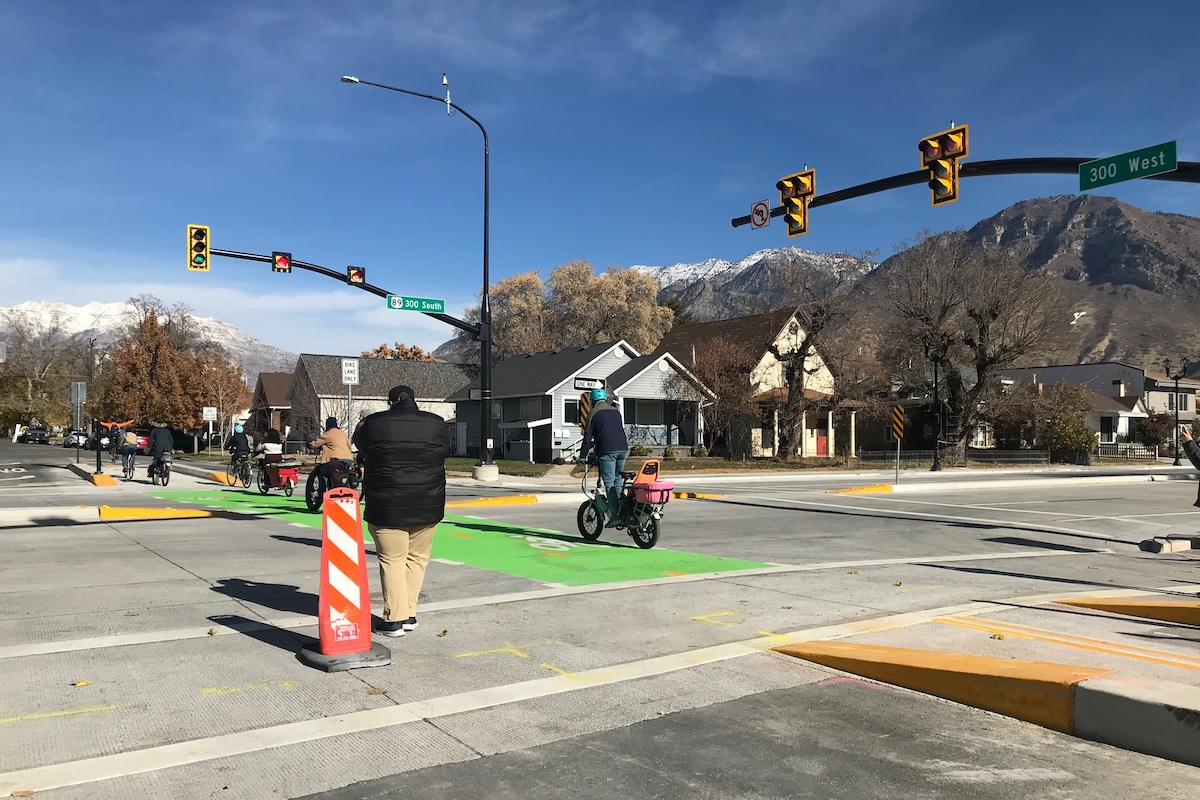The TRIP report, “New Mexico Transportation by the Numbers: Meeting the State’s Need for Safe, Smooth and Efficient Mobility,” finds that throughout New Mexico, more than half of major locally and state-maintained roads are in poor or mediocre condition, five percent of locally and state-maintained bridges (20 feet or more in length) are rated poor/structurally deficient, and New Mexico has the third highest rate nationally of traffic fatalities. New Mexico’s major urban roads are congested, causing significant delays and choking commuting and commerce.
Driving on deficient roads in New Mexico costs the state’s drivers a total of $3 billion per year in the form of extra vehicle operating costs (VOC) as a result of driving on roads in need of repair, lost time, and fuel due to congestion-related delays, and the costs of traffic crashes in which the lack of adequate roadway features, while not the primary factor, likely were a contributing factor. The report includes regional pavement and bridge conditions, highway safety data, and cost breakdowns for the Albuquerque, Las Cruces, and Santa Fe urban areas and statewide.
The TRIP report finds that 34 percent of New Mexico’s major locally and state-maintained roads are in poor condition and another 22 percent are in mediocre condition, costing the state’s drivers an additional $1.3 billion each year in extra vehicle operating costs, including accelerated vehicle depreciation, additional repair costs, and increased fuel consumption and tire wear. Eleven percent of New Mexico’s major locally and state-maintained roads are in fair condition and the remaining 32 percent are in good condition.
“Transportation infrastructure is a critical component to every city, region, and state. From the start of my administration, improving aged and deteriorated roads has been my No. 1 priority,” said Rio Rancho Mayor Gregg Hull. “I have overseen the reconstruction of nearly 30 major road segments in Rio Rancho; this report confirms Rio Rancho is focused on the right priorities. Roads and basic infrastructure are at the core of what we do in government."

| Your local Volvo Construction Equipment dealer |
|---|
| Faris Machinery |
Statewide, five percent of New Mexico’s bridges are rated poor/structurally deficient with significant deterioration to the bridge deck, supports, or other major components. Fifty-eight percent of the state’s bridges are rated in fair condition and the remaining 36 percent are in good condition.
Congested roads choke commuting and commerce and cost New Mexico drivers a total of $845 million each year in the form of lost time and wasted fuel. Traffic congestion in the state’s largest urban area results in the average driver losing 45 hours annually in traffic delays and wasting 21 gallons of fuel, costing the average driver there $1,041 annually in lost time and wasted fuel. Due to the COVID-19 pandemic, vehicle travel in New Mexico dropped by as much as 41 percent in April 2020 (as compared to vehicle travel during the same month the previous year), but rebounded to 15 percent above November 2019 volumes by November 2021.
Traffic crashes in New Mexico claimed the lives of 1,894 people from 2015 to 2019. New Mexico’s overall traffic fatality rate of 1.53 fatalities per 100 million vehicle miles of travel in 2019 is the third highest in the U.S. and higher than the national average of 1.11. Traffic crashes imposed a total of $2.5 billion in economic costs in New Mexico in 2019 and traffic crashes in which a lack of adequate roadway safety features, while not the primary factor, were likely a contributing factor imposed $847 million in economic costs.
Annually, $120 billion in goods are shipped to and from New Mexico, relying heavily on the state’s network of roads and bridges. Increasingly, companies are looking at the quality of a region’s transportation system when deciding where to relocate or expand. Regions with congested or poorly maintained roads may see businesses relocate to areas with a smoother, more efficient, and more modern transportation system. Approximately 349,000 full-time jobs in New Mexico in key industries like tourism, retail sales, agriculture, and manufacturing are dependent on the quality, safety, and reliability of the state’s transportation infrastructure network.
A lack of sufficient funding at the local, state, and federal levels will make it difficult to adequately maintain and improve the state’s existing transportation system. The New Mexico Department of Transportation has identified nearly $5.1 billion in needed, but unfunded, transportation projects throughout the state.

| Your local Bobcat dealer |
|---|
| Ditch Witch West |
| Faris Machinery |
| Romco Equipment Co |
Improvements to New Mexico’s roads, highways, and bridges are funded by local, state, and federal governments. The level of highway investment in New Mexico is likely to increase further as a result of the five-year federal Infrastructure Investment and Jobs Act (IIJA), signed into law in November 2021, which will provide $2.7 billion in road, highway, and bridge funding from 2022 to 2026, resulting in a 35 percent increase in federal funding in 2022.
“Additional federal funding from the IIJA will help New Mexico move forward with needed improvements to its transportation network that will make the state’s roads and bridges smoother, safer, and more efficient while boosting the economy and creating jobs,” said Dave Kearby, TRIP’s Executive Director. “Without adequate funding, New Mexico’s transportation system will become increasingly deteriorated and congested, hampering economic growth, safety, and quality of life.”





































































